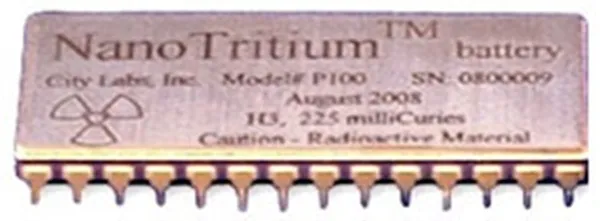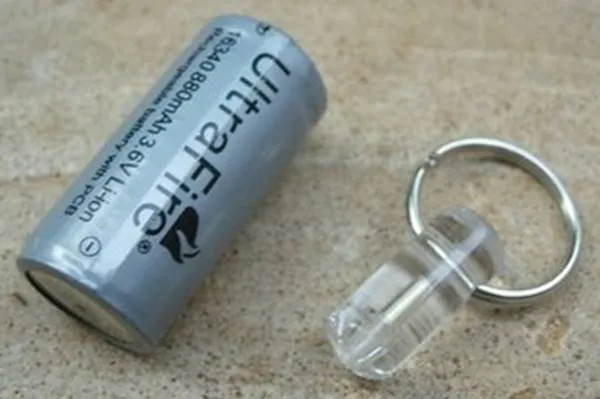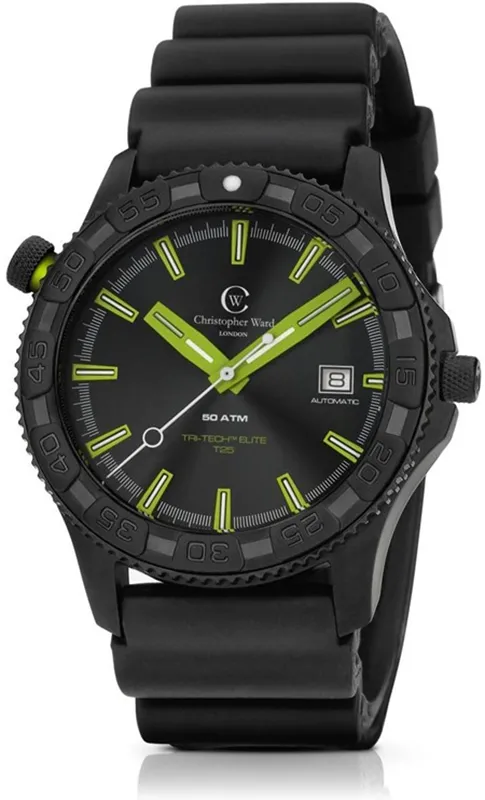Nano-Nuclear Batteries | Beta-Voltaic Power

Long-lived power supplies for remote and even hostile environmental conditions are needed for space and sea missions. Nuclear batteries can uniquely serve this role. In spite of relatively low power, the nuclear battery with packaging can have an energy density near a thousand watt-hours per kilogram, which is much greater than the best chemical battery. It would reason that small devices would need small batteries to power them.

The world of tomorrow that science fiction dreams of and technology manifests might be a very small one. Tritium is a radioactive isotope of hydrogen that typically is produced in nuclear reactors or high energy accelerators. It decays at a rate of about five percent per year (half of it decays in about 12 years). It gives off radiation in the form of a beta particle. Tritium will bind anywhere hydrogen does, including in water, and in plant, animal and human tissue. It cannot be removed from the environment once it is released. Tritium can be inhaled, ingested, or absorbed through skin.

Moreover, radioactive isotopes are available on the market for reasonable prices ($1000) and low power electronics are becoming increasingly more versatile. Therefore, nuclear batteries are commercially relevant today.
Symbol: H (H-3)
Atomic Number: 1(Protons in Nucleus)
Atomic Weight: 1(naturally occurring H)

What is Tritium?
Tritium is the only radioactive isotope of hydrogen. The nucleus of a tritium atom consists of a proton and two neutrons. This contrasts with the nucleus of an ordinary hydrogen atom (which consists solely of a proton) and a deuterium atom (which consists of one proton and one neutron). Ordinary hydrogen comprises over 99.9% of all naturally occurring hydrogen. Deuterium comprises about 0.02%, and tritium comprises about a billionth of a billionth (10-16 percent) of natural hydrogen.

What is Isotope?
An isotope is a different form of an element that has the same number of protons in the nucleus but a different number of neutrons.

Alpha radiation:
Alpha particles are Helium nuclei (2 protons and 2 neutrons) . These particles are relatively heavy and have poor penetrating power being over 90% blocked by a sheet of paper.
Beta Radiation:
Beta radiation (high speed electrons or photons) can penetrate paper.
Gamma Radiation:
Gamma radiation which can penetrate Aluminium.

How to produce a Tritium?
Tritium can be made in production nuclear reactors, i.e., reactors designed to optimize the generation of tritium and special nuclear materials such as plutonium-239. Tritium is produced by neutron absorption of a lithium-6 atom. The lithium-6 atom, with three protons and three neutrons, and the absorbed neutron combine to form a lithium-7 atom with three protons and four neutrons, which instantaneously splits to form an atom of tritium (one proton and two neutrons) and an atom of helium-4 (two protons and two neutrons).

Direct Radio Isotope Converts:
Radioisotope power conversion, in which the energy from the decay of radioisotopes is used as a power source, allows powering of applications which are unsuited to power sources such as photovoltaics or generators or to batteries. These applications are typically remote, not accessible to any external energy source (including sunlight), and often must last between 5 to 50 years. They include not only space, but also small power sources for biomedical uses. Radioisotope thermal generators (RTGs) are often used to convert the energy from the radioisotope by, converting it to heat, and then converting the heat to electricity via either a thermoelectric device, or thermophotovoltaics (TPV). Alternately, the radioisotope may be directly converted into electricity via betavoltaics, in which the energy from a beta particle creates electron holes pairs which are collected and used to generate power similar to a solar cell.